Ironman & SwimLabs: Introduction to the Triathlon Part II
To celebrate SwimLabs’ partnership with Ironman, we’re posting a series of blogs on triathlon training at SwimLabs. The first blog is an interview...
6 min read
Laura Dravenstott : Aug 31, 2018 5:40:14 PM

We ask Mary Carey how she prepared for her 3-day ultra-endurance event in the Ultra 520k in what was recently held in Canada. Mary Carey is a USA Triathlon Certified Coach at In Transition Coaching Services, LLC and a Level 2 Instructor at SwimLabs, Highlands Ranch. Laura Dravenstott is a Level 2 Instructor at SwimLabs, Highlands Ranch.
A 3-day, 520 kilometre (323 mile) individual ultra-endurance event which covers part of the Okanagan/Similkameen regions of British Columbia, Canada.
Stage 1 – 10.0 km (6.2 mile) point-to-point swim starting in Penticton and finishing in Okanagan Falls, followed by 149.8 km (93.0 mile) bike ride, beginning in Okanagan Falls and over the Richter Pass returning to Okanagan Falls. More detail ».
Stage 2 – 275.8 km (171.4 mile) bike ride, beginning in Penticton and ending in Princeton. More detail »
Stage 3 – 84.4 km (52.4 mile) double-marathon run from Princeton to Summerland. More detail »
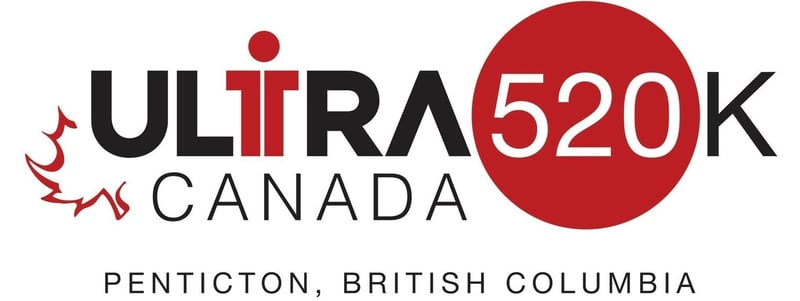
LD - There is an application process for this race and it’s capped at 35 athletes. When did you apply to the 2018 race? When did you start training?
MC – I first heard of an UltraMan race many years ago when a few of my friends raced the World Championships in Hawaii. I wanted to do that distance but I ruled out the Hawaii race because that 10k swim is in the ocean, and I get seasick. I didn’t know another Ultra race existed until 2014, when one of my clients asked me to coach and crew for this Ultra520 race in Canada. Penticton (British Columbia) is one of my favorite places on the planet, so the race immediately attracted me, especially after I saw the course.
I had to put this race on the back burner for about four years, though, while I dealt with health issues. I had deep muscle pain and weakness from a recurring condition called rhabdomyolysis. Even small physical activities could trigger my symptoms. One doctor told me to rethink my way of life and refrain from doing endurance sports. Another doctor told me that I would have permanent weakness in both arms and he didn't know what that would mean for my swimming. During a period of four years I only raced periodically.
LD - After the pain and uncertainty of your illness, why did you decide to do an Ultra endurance event?
MC – I think it was the end of 2016 when I saw a Facebook post from the race director that 2018 would be the final year of the race. The post was a call to action; it was now or never. I panicked, because I hadn’t trained hard in several years, but this race was on my bucket list, and I decided to apply and to start training again – slowly. I started back in the pool with workouts of 400m, twice per week. If I had pain in my arms, I would stop. After a while, I built up the distance. My arms would hurt for the first 1,000 m, but I resigned myself to that. After a few months of training even the initial discomfort went away.
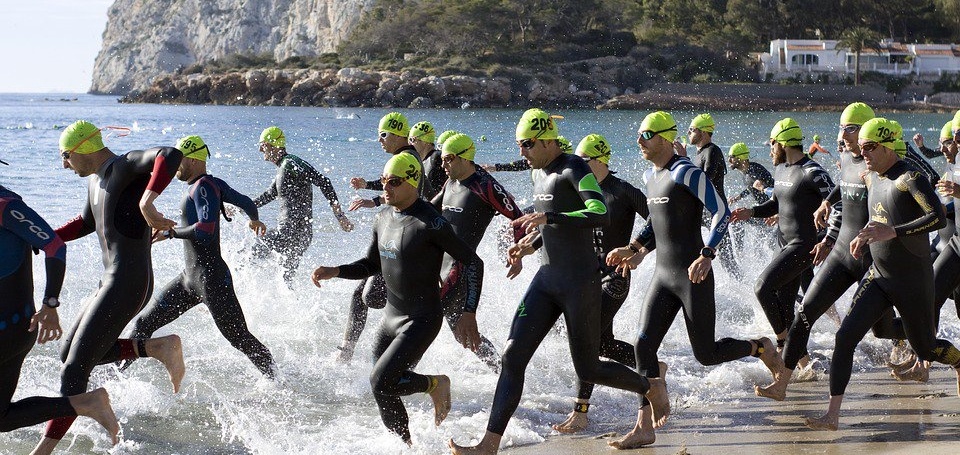
Also, I wanted to do something that scared me the way my first IronMan scared me, and this race terrified me. Every time I received an email from the race director with instructions or course updates it took me days to open the email, to mentally prepare myself to deal with the race and the fact I was actually doing it. And that’s the kind of challenge I wanted. It’s funny that the race director has now picked up new partners, and the race is back on for 2019 and 2020. The thought that the opportunity would be lost is what forced me to act.
LD - How did you prep for the swim?
MC – I started by building up to 5k several times per week in the pool. I don’t love pool swimming, don’t love that black line. I live for open water. But in the pool I could build up my strength and speed, and prepare myself for open water swims. Initially, I interspersed kicking with my swim sets to rest my arms. I also did my favorite drills to work on form. I like double hinge drills, one-arm freestyle, and ¾ catch-up drill, which helps me work on balancing on my extended arm.
When open water season started in June (here in Colorado), I began training with two-mile swims, stopping in about 30 – minute increments to rehydrate or eat. Then Heather Rodriguez and Rachel Petersen (fellow SwimLabs instructors) did my first four- and five-mile swims with me (respectively. I really enjoyed those swims, each distance was a new training adventure.
LD - How did swim technique play a role in your race? How does this relate to how you coach your own athletes?
MC - I tailor my training to the individual, so my coaching depends on lot on my client. Some of my athletes dislike long pool swims, so I have them focus on drills, technique and pacing in the off-season, with shorter workouts in the pool. When it comes to open water season, we get to do our longer swims outside, tying back to the technique work that we did in the pool. I want my athletes to enjoy their training, so I optimize each training plan accordingly.
 LD - How did you stay nourished and hydrated on the Ultra520k, Penticton, swim? How did you stay mentally tough?
LD - How did you stay nourished and hydrated on the Ultra520k, Penticton, swim? How did you stay mentally tough?
MC - I broke it into thirty-minute increments. After each half-hour, Khem Suthiwan (my support kayaker) would stop and throw me a water bottle and/or gel. I could see how far I’d gone (on the watch), and I could also see Ponderosa Point getting closer. Ponderosa Point is a little tree-covered peninsula that marks a point near the end of the race, between miles 4.5 and 5. When I could measure my progress by the Point it was really motivating.
Also, I tend to swim straight, using bilateral breathing, and Khem is a great kayaker, so we made good progress in a really straight line. I could reduce the number of times that I was sighting and focus on progress. Our finishing distance was 6.21 miles, so we were right on-line for the whole swim.
LD - You said the swim was choppy with big rolling swells from about mile 3.5 to 5 and again in the last third of a mile to the finish. How did you handle the rolling swells?
MC – As I mentioned before, I get seasick, so the rolling waves made me nauseous. Khem had Dramamine in the kayak, but I didn’t want to take it. I remembered from crewing that the end of the swim is more protected and that I probably only had a short while in those conditions, so I focused on form instead of the nausea. I looked at my catch, my pull-through, and my head position and blocked out the seasickness until it went away. I also picked up my tempo in the waves. I usually have a slower turnover with a long extension at the front of my stroke, but if you try to balance on your extended arm in the waves, you really get rolled.
LD - Your swim was 3:45.22 (way ahead of 6-hour cut-off). Is this close to what you thought it would be?
MC – At first my goal was to complete the swim under four hours. After my four- and five-mile training swims, I adjusted it to 3:30, but I think the rehydration stops in Penticton added a bit to my times, especially in those conditions. Khem really had to pull on the water bottle to keep me in line with the kayak on the rest breaks, so we were fighting the waves. Overall, I was extremely happy with my time. I was the sixth woman out of the water (out of twelve) which shocked me. I didn’t grow up swimming, so I have never thought of myself as a swimmer. Maybe now I’m an open water swimmer!
LD - How did preparation for swim enable a good race on the bike (part on same day) and set you up for day two and three bike / run?
MC - It’s funny, but several of the athletes commented on how their legs were trashed after the swim, which made 93-mile bike on Day 1 really difficult. If their arms and shoulders were sore, the aero position on the bike was also tough. For me, the swim was the easiest part of the race. I had trained without using much of a kick on the open water swims, so my legs were rested for the bike.
LD – How did you stay mentally strong through 33 + hours of racing?
MC – Out of the 33 hours of racing, I enjoyed 29 of them. Even during the tough moments, like the midpoint of the 171.4-mile bike ride on Day 2, I just had to remember that I never thought I would be here. I was just so grateful for the chance to be in that place, in that moment.
I think it’s easier to feel this gratitude after facing health issues. When doctors tell you that they don’t know how to fix your problem, and you can end up in the ER after a flare-up, you find gratitude in every step of a healthy journey. I found my whole training process to be amazing, with new goals, distances, and adventures with friends and family. I was just grateful for every moment I could be outside and moving.
Mary Carey works at SwimLabs’ Grant Ranch on Tuesdays and Thursdays during the summer, and works at SwimLabs Highlands Ranch, on Tuesdays throughout the school year.
.jpg)
To celebrate SwimLabs’ partnership with Ironman, we’re posting a series of blogs on triathlon training at SwimLabs. The first blog is an interview...
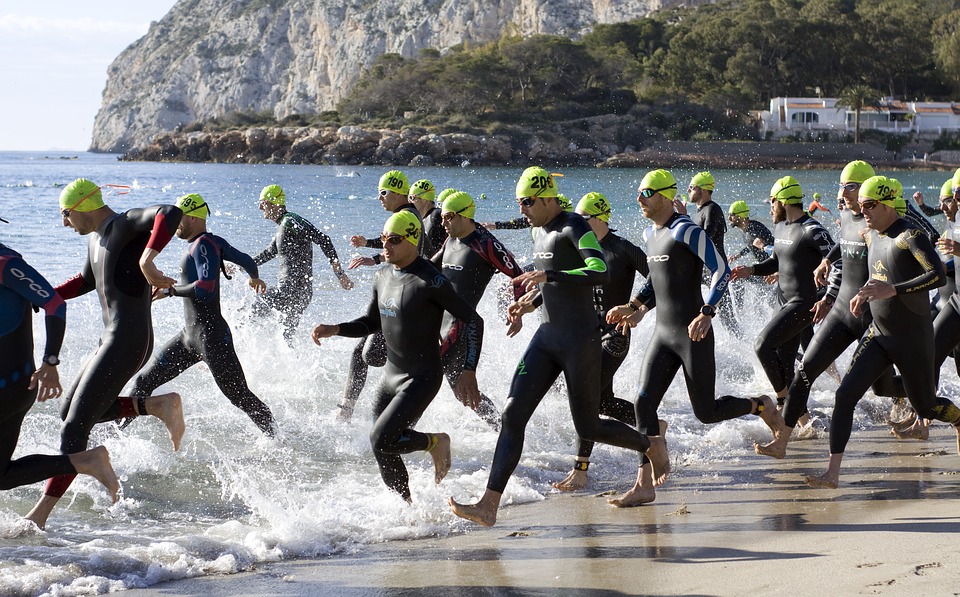
To celebrate SwimLabs’ partnership with Ironman, we’re posting a series of blogs on triathlon training at SwimLabs. The first blog is an interview...
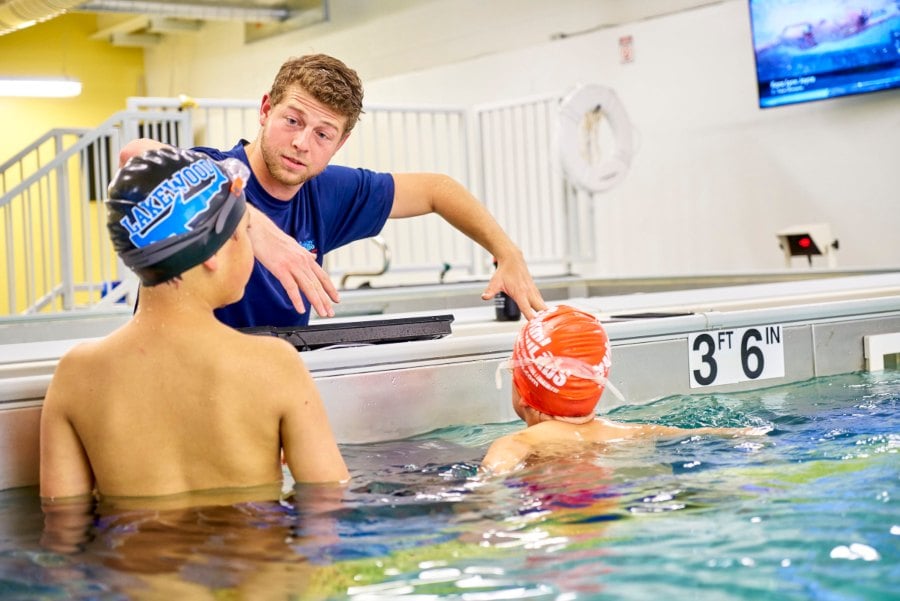
It’s the beginning of high school swim season and local teams hurry to schedule their Team Nights at SwimLabs Highlands Ranch. “As a high school...

Visit our Water Safety Blog for expert advice, family tips, and more!